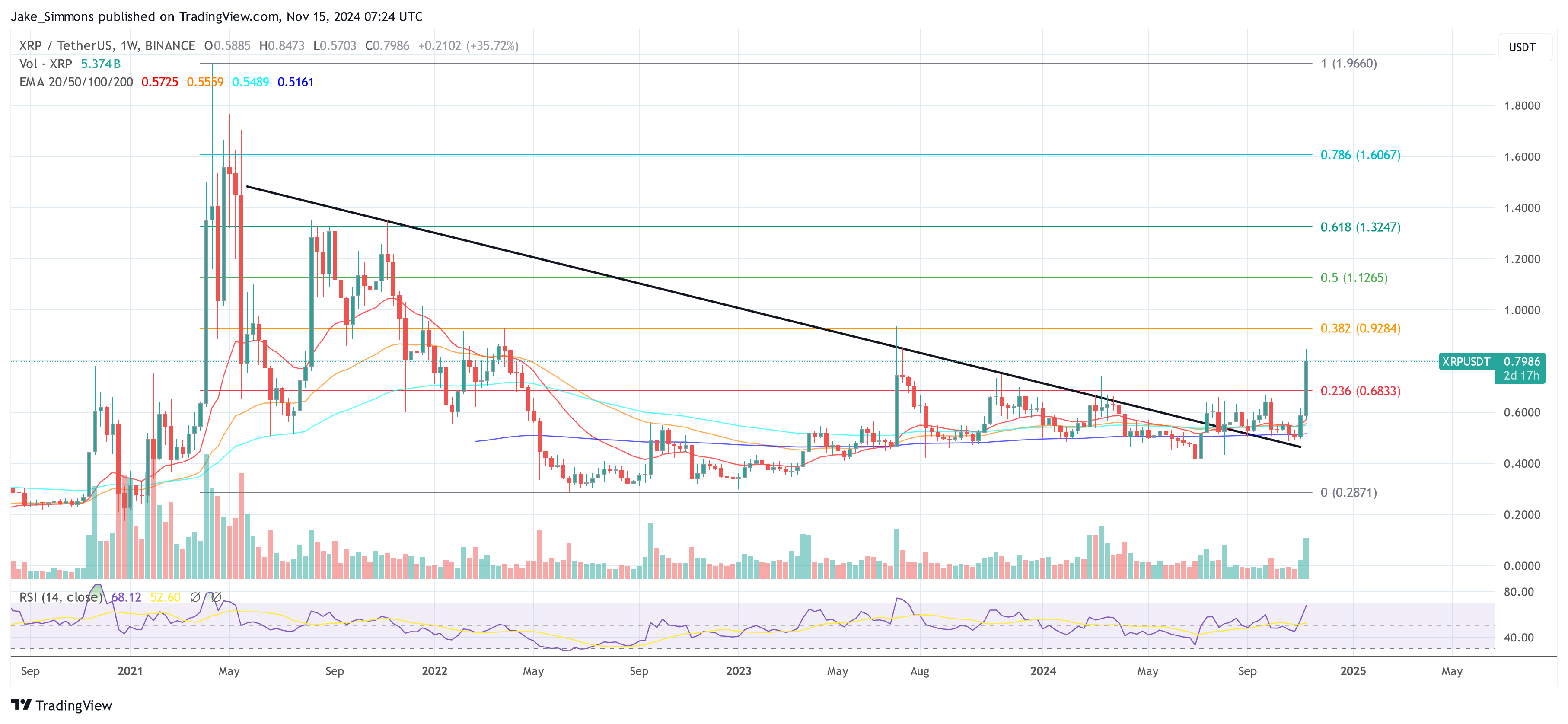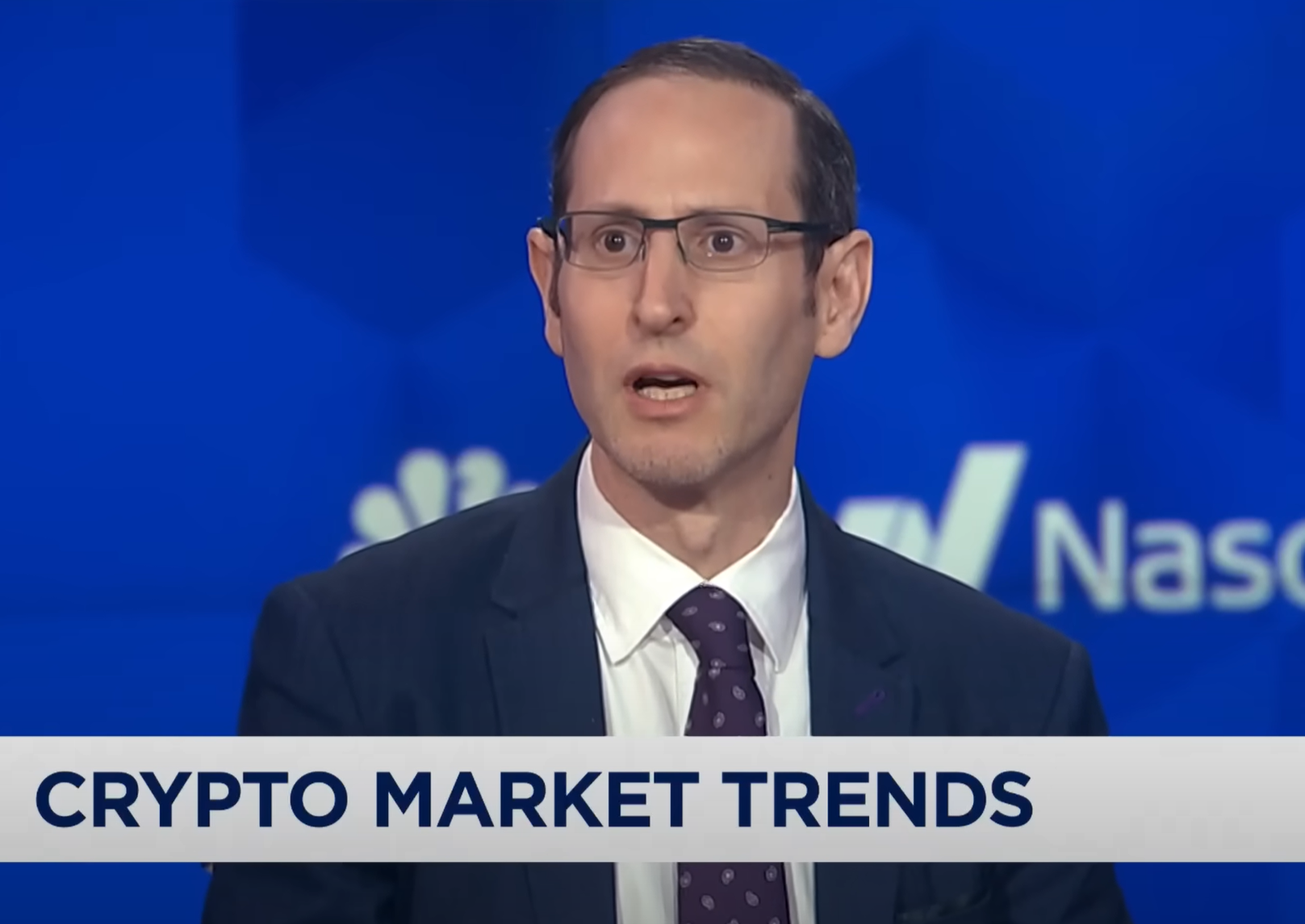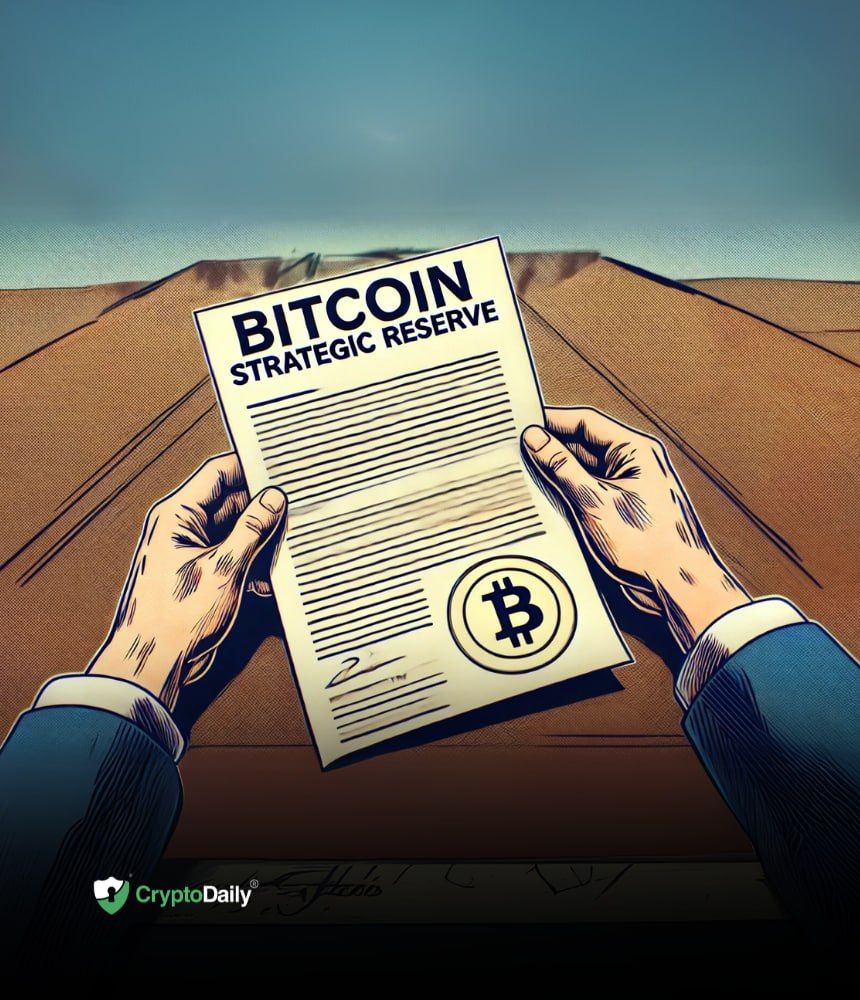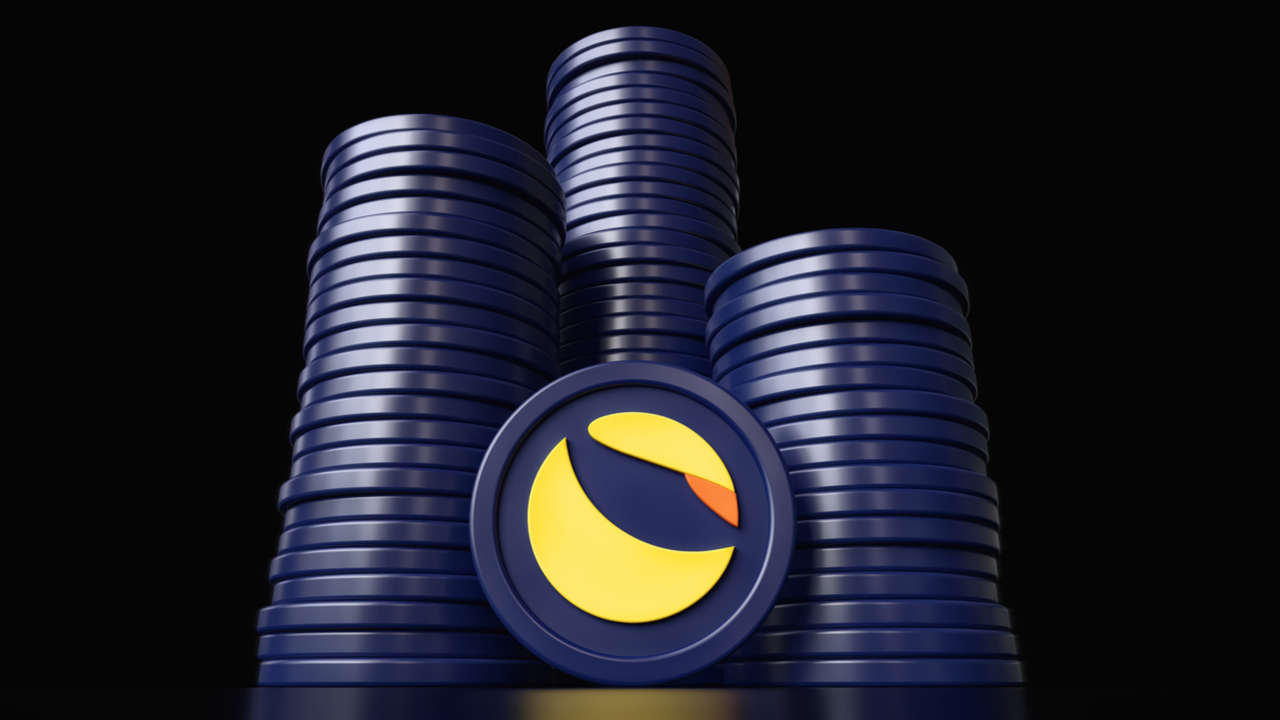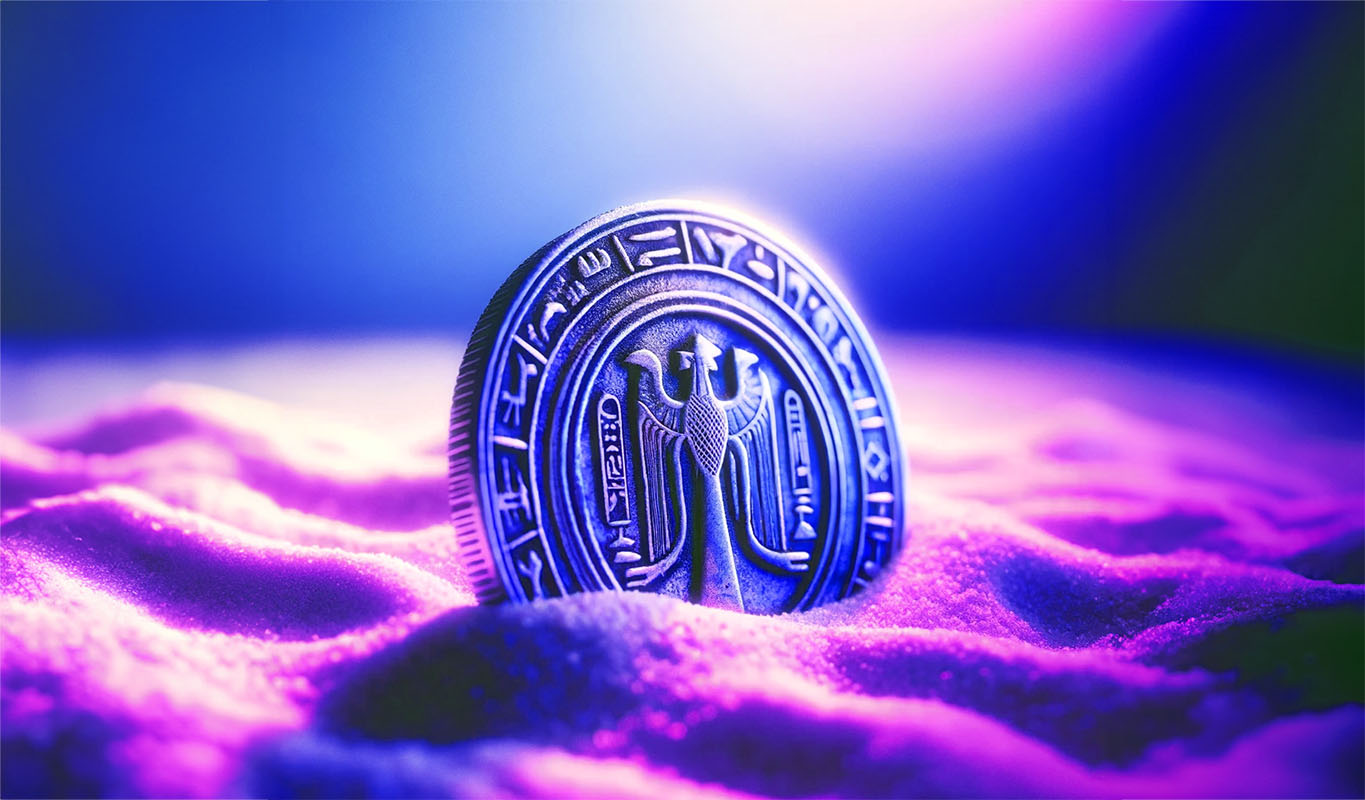Suspicion has fallen upon Manifold over what looks to be an impromptu “pump and dump” in the wake of an abortive NFT drop involving the popular digital artist Pak.
Would-be buyers of the NFTs were asked to purchase $ASH tokens in order to snap up the NFTs from Pak’s latest collection, “Ash Chapter II: Metamorphosis”, which was a hotly anticipated collaboration with various artists, including Paris Hilton and DJ Steve Aoki.
Manifold, one of the biggest names in the NFT minting space, completely bungled the drop that took place on March 28, with hundreds of users reporting that their transactions failed. As a result, most failed to receive their NFTs, but they were still charged exorbitant $ETH gas fees for the failed transactions, with some claiming they’d lost up to 0.8 $ETH (around $2,750).
Such an enormous screw-up could have been forgiven, if not for the sudden collapse in value of the $ASH tokens that hundreds of customers were left holding. Just minutes after the drop, when the failed transactions first became apparent to Manifold (but not yet public knowledge), someone dumped millions of $ASH tokens onto exchanges, sending the price down by more than 60% in a matter of minutes. So it meant that not only did Manifold’s customers fail to acquire their NFTs and waste a fortune in gas fees – they were also left holding bags of now seriously undervalued tokens.
The episode bears all the hallmarks of a classic pump-and-dump because the price of $ASH rocketed from $15.61 to as high as $24.56 in the hours before the NFT drop, as art fans rushed to buy the tokens so as not to miss out. Within 10 minutes of the drop, the price collapsed to a low of $8.09 and has yet to recover.
What Happened With The NFT Drop?
The reason for the failed NFT drop is a matter of debate. Manifold quickly published an autopsy of the episode, laying the blame at the feet of what it said were hundreds of “botters”. It also said metadata issues with some NFTs and network congestion played a role, causing MetaMask wallets to have trouble with their gas fee estimations.
“Sadly, this was not the experience we had in mind,” Manifold said in a blog post. “We know we can do better,” it added, before elaborating on its plans to rectify the situation.
While some customers apparently bought those excuses, praising the company in replies to its Tweet, others took issue with its reasoning. One Twitter user, Cody Randolph, accused Manifold of trying to deflect the blame for the bungled drop onto others when in reality, he said, it should take full responsibility for messing things up.
bots interacting with a contract and/or network congestion does not affect the gas limit estimations of a contract. the only fault is due to the developers themselves.
— Cody Randolph (@c0dyrandolph) March 28, 2022
Another Twitter user, Murat Karademir, responded to Manifold’s tweet that he had looked into the smart contract for the metamorphosis mint himself and identified that the problems were in fact due to its use of a “randomizer”, to ensure each buyer received a token from the collection at random.
The main problem is the random selection of the creator account. Since the selection is actually done when the transaction is finalized, metamask cannot predict what will the mint function actually do, so it can just “estimate the gas cost”.
— Murat Karademir (@MuratKun) March 28, 2022
In a follow up, he added that Manifold “should have predicted this and added an extra 10% gas limit for the transaction before sending it to metamask.”
Murat Karademir estimated that customers lost a combined total of 808 $ETH in gas fees due to failed transactions.
Manifold has at least promised customers it will make good on the abortive drop, giving customers hope they will at least receive their NFTs. It said it plans to lock all tokens that were issued under v1 of the smart contract “forever” and deploy a v2 smart contract that fixes the token metadata issues. All participants in the drop will receive an NFT from the new v2 contract, with the exception of those identified as “botters”, who will instead be able to claim an $ASH token refund. Manifold has also promised to refund users for the $ETH they lost in gas fees.
Ignoring The Real Issue
What’s suspicious is that Manifold has completely failed to mention the most nefarious act that took place that day, in addition to trying to absolve itself of any blame for the failed drop. Neither in its autopsy, nor its tweets, has it said anything at all about the subsequent $ASH price drop, which occurred so soon after the failed transactions that it must surely have been someone with inside knowledge.
One Twitter user, DavidCash.eth, said the incident looks like a “classic rug pull” that caused anyone who failed to buy an NFT to lose more than a third of the money they invested in $ASH.
Hey @muratpak I bought 150 burn for over 3k and then tried buying 3 pieces and all of my transactions failed despite spending hundreds in gas- worse- since I couldn’t spend my $ASH it went down by HALF in value so I can’t even get money back…
Really hope you can propose a fix pic.twitter.com/mvbod3d82Q
— DavidCash.eth ᵍᵐ 🇺🇦 (@davidcash888) March 28, 2022
In fact, a number of Twitter users highlighted the $ASH dump in their replies to Manifold. The company’s stubborn refusal to even acknowledge what happened only raises the suspicion that it bears responsibility.
There’s no suggestion that the pump-and-dump was planned, however it does look like someone took advantage of the situation the moment it became clear the smart contract wasn’t working as expected – someone who must have had knowledge of what was going on at a time when most people didn’t.
Manifold could be forgiven for messing up the smart contracts, had it admitted its errors. But its attempts to shift the blame onto anyone but itself, and then apparently take advantage of the mess by dumping the $ASH tokens, are inexcusable, if true.
Maybe the allegations can’t be proved, but they can certainly be publicized so people can draw their own conclusions.
Disclaimer: This article is provided for informational purposes only. It is not offered or intended to be used as legal, tax, investment, financial, or other advice.
Credit: Source link





